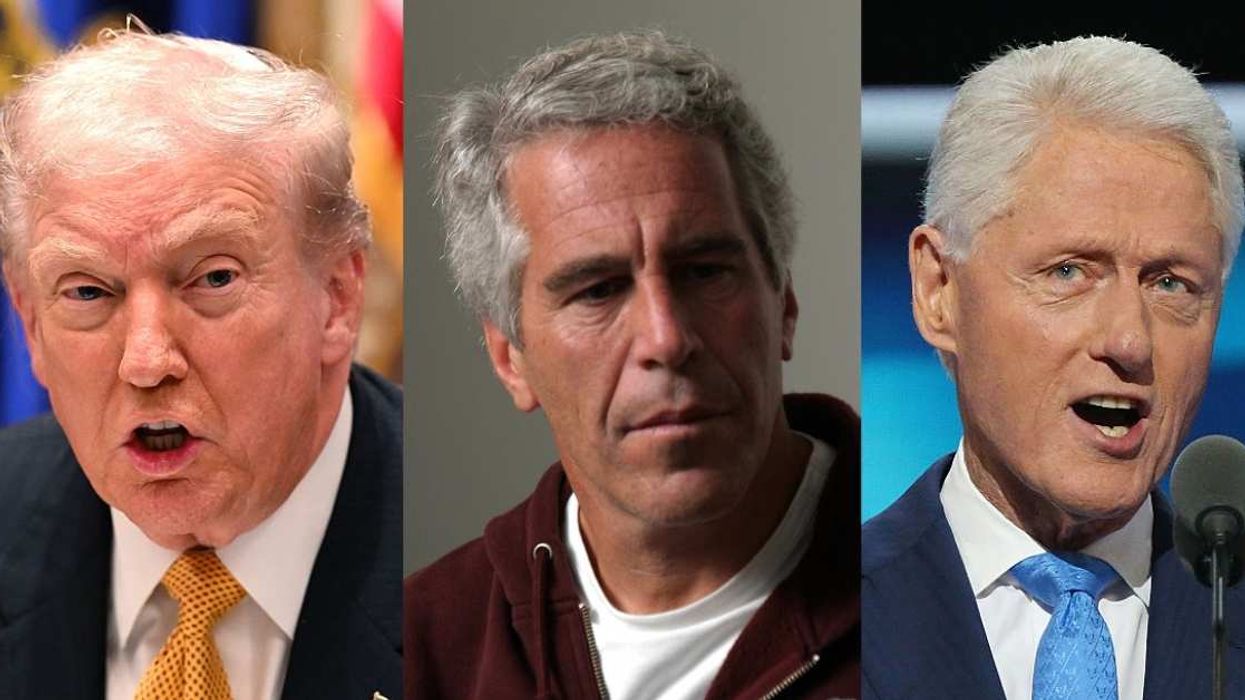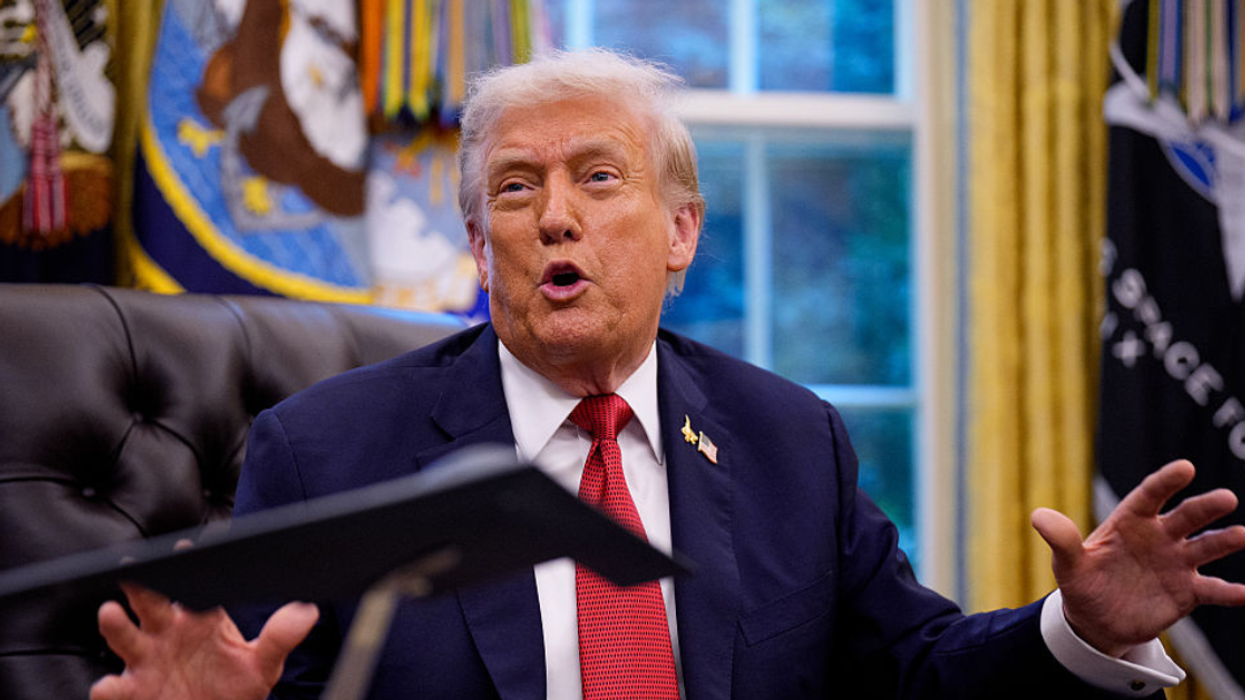Is reading really more beneficial to developing brains than listening to a story or watching a cartoon? A new study suggests yes, and that watching too much animation can stifle the maturation of critical areas of the young brain.
Published in EurekAlert, the Cincinnati Children's hospital study, led by Dr. John Hutton, monitored the brains of children as they were told the story of Goldilocks and The Three Bears through various mediums. Seeking to find the method of storytelling that is "just right" for young minds, Hutton placed 27 children around the age of 4 inside an FMRI machine, and monitored their brain activity as the story was presented to them through an audio-only recording, or both audio and illustration, or through an animated cartoon.
The FMRI scanned the children's brains as they paid attention to the story with the goal of studying how different neural connections operated during each different method of storytelling. "We went into it with an idea in mind of what brain networks were likely to be influenced by the story," Hutton explains. Language, visual perception, and visual imagery were the three main areas of focus. The fourth, the default mode network, is what Hutton calls "the seat of the soul, internal reflection — how something matters to you."
The default mode network is partly responsible for what makes you, you. It's typically more active when an individual is not focused on a single task involving the outside world, or when the mind is free to wander.
The results of the study indicate what the "just right" type of storytelling is for young, developing minds.
Too cold: Hutton's study found that kids who experienced the audio-only storytelling weren't able to adequately process the information. "There was more evidence the children were straining to understand."
Too hot: watching a cartoon resulted in the least amount of information about the story getting retained by the kids. There was activity in the visual and audio areas of the brain, but there wasn't much going on between different areas of the brain, suggesting the children weren't properly processing what they were seeing and hearing. "The language network was working to keep up with the story," says Hutton. "Our interpretation was that the animation was doing all the work for the child. They were expending the most energy just figuring out what it means."
Just right: having images to look at while being read to created the most cooperative activity between the visual, audio, imagery, and default mode networks of the brain. Looking at images while hearing words created a "scaffolding" for understanding what was going on in the story.
"Give them a picture and they have a cookie to work with," Hutton explains. "With animation it's all dumped on them all at once and they don't have to do any of the work."
"For 3 to 5-year-olds, the imagery and default mode networks mature late, and take practice to integrate with the rest of the brain," he added. "With animation you may be missing an opportunity to develop them."








 Fox News
Fox News John McDonnell/Getty Images
John McDonnell/Getty Images @eltokh/X
@eltokh/X







